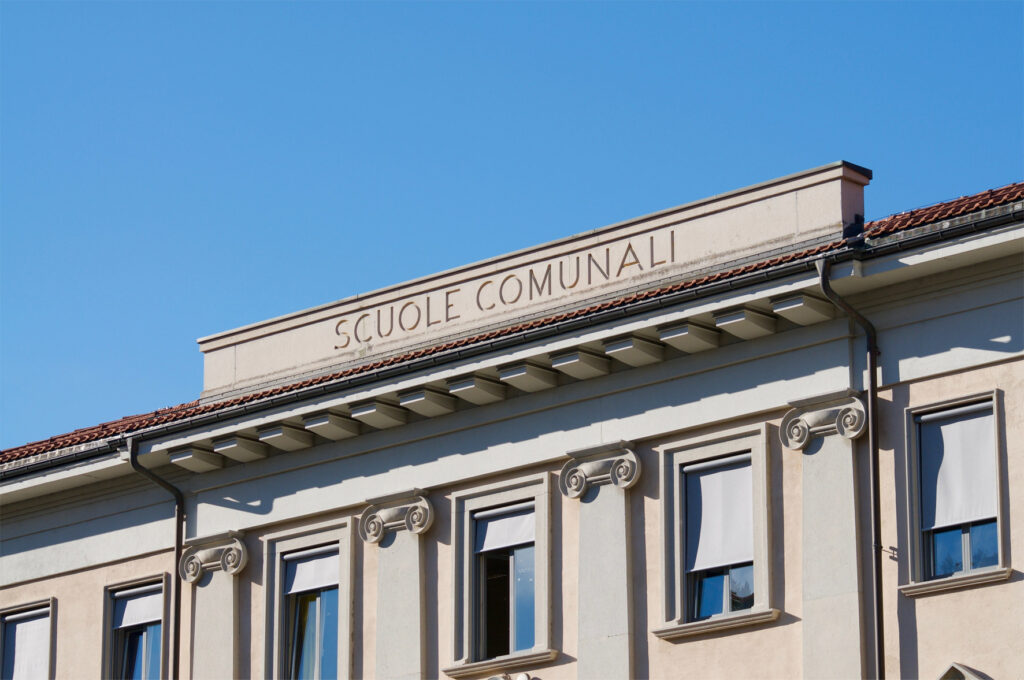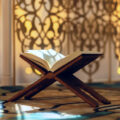Should we learn about Dante or the Bible?
Should we learn about Dante or the Bible?
This article analyses two important controversial issues that relate to religion and education in Italy: the issue of the teaching of the Christian religion in Italian public schools, and the issue of displaying crucifixes in classrooms of Italian state schools.
This article is part of our series on the role of religion in education across Europe.
The relationship between religion and education is very important and controversial in Italy. As is well known, at the heart of the country sits the capital of Catholicism – the Holy See. For this reason, the Roman Chatolic Church (RCC) has a say on many aspects of religious education (RE) in Italy.[1] We will analyse two important controversial issues that relate to religion and education in Italy: the issue of the teaching of the Christian religion in Italian public schools, and the issue of displaying crucifixes in classrooms of Italian state schools.
The teaching of Catholicism in public schools
In an agreement between the Holy See and Italy that was first made in 1929 and then updated in 1989, the teaching of weekly optional lessons on Catholicism must be provided to all degrees of the educational system, including kindergarten.[2] The Italian law, formulated in 1989, states:
“The Italian Republic, recognizing the value of religious culture and taking into account that the principles of Catholicism are part of the historical heritage of the Italian people, will continue to ensure, within the scope of the school, the teaching of the Catholic religion […].”[3]
Students can decide at the beginning of each study cycle whether they wish to participate in these lessons, and they can freely change their minds throughout the year or in the following school years.[4]
The controversy – Catholics vs secular
Italy’s public opinion is divided regarding the presence of Catholic teachings in public schools. On the one hand, the Catholic Church, but also non-religious figures such as the famous philosopher and writer Umberto Eco, argue that knowledge of the Bible and of Catholicism are essential for the attainment of a deep knowledge of the Italian cultural, artistic, and historical heritage.[5] According to Eco, there should be no difference between learning about Dante and Homer or the Bible and Moses, as all these characters and writings are essential in order to give an appropriate education to the young. In his own words:
“There is not one aspect of our culture, including Marxism, that has not been influenced by the culture expressed by the Bible … Why should children know everything about Homer’s gods and very little about Moses?”[6]
On the other hand, the more secular side in Italy,[7] but also some religious circles, argue that the teaching of Catholicism in public schools is in contrast with the secularity principle – i.e. the Italian state should be neutral in terms of the religion or non-religion its citizens would like to embrace – imposed by the constitution of the Italian Republic. For instance, the Waldensian Evangelical Church (CEV) argues that RE of the young should come from the families and churches, and should not be taught in state schools.[8] [9]
The issue of the crucifix
Another interesting example of the complicated relationship between education and religion in Italy is the display of crucifixes in public schools. This issue was first raised by Soile Lautsi, a Finnish-born Italian national, who asked the School Council in Abano Terme to take the crucifix off its walls, arguing that its display offended the principles of secularism that public schools should respect.[10]
The case arrived at the European Court of Human Rights on 27 July 2006.[11] On 3 November 2009, the lower Chamber of the Second Section of the Court declared that there had been a violation of the European Convention on Human Rights. They argued that exposing the crucifix in public schools impinged the freedom of religion of the students and that it could be “emotionally disturbing for pupils of other religions or those who profess no religion.”[12]This decision caused tumult in Italy and the Italian government decided to appeal to the Grand Chamber of the European Court of Human Rights.[13]
The Court’s Grand Chamber decision
On 30 June 2010, the European Court of Human Rights’s Grand Chamber reversed the previous decision of the lower Chamber. The court ruled that crucifixes are tolerable in Italian classrooms. It was argued that this symbol is an “essentially passive” one and that there is no proof that it has a religious influence on the students. They also added that the influence of the crucifix on a wall on young kids “was not comparable to that of didactic speech or participation in religious activities.” Finally, the court stated that there is no proof that “the [Italian] authorities were intolerant of pupils who believed in other religions, were non-believers or who held non-religious philosophical convictions.” Moreover, according to them, the displaying of the crucifix had not “encouraged the development of teaching practices with a proselytizing tendency.”[14]
Education and religion in Italy are interconnected
The fact that the crucifix is an important symbol of the Italian culture and history underlines that Italy still considers itself a Catholic country.[15] Moreover, the teaching of Catholicism in school highlights the importance for many Italians and the Church to preserve this tradition. Nevertheless, many secular and religious people do oppose the presence of Catholicism in schools and public institutions. Yet, for now, it appears that the prominence of religion prevails in Italy.
Our team of analysts conducts research on topics relating to religion and society. In April, May and June 2021, we are focusing on the subject of education. Find out more on the EARS Dashboard.
[1] Stella Coglievina, Religious education in Italian public schools: what room for Islam?
[5] La scuola, Dante e la Bibbia | RIFLESSIONI
[6] La scuola, Dante e la Bibbia | RIFLESSIONI
[7] “Ora di religione nel credito” Gelmini esulta per la sentenza
[8] Ora islamica? Meglio una scuola laica e pluralista di Maria Bonafede
[10] Case of Lautsi and Others v. Italy, European Court of Human Rights (Application No. 30814/06) www.echr.coe.int/echr/resources/hudoc/lautsi_and_others_v__italy.pdf
[11] Crocifisso: Strasburgo assolve Italia, si chiude caso Lautsi
[12] European Court of Human Rights rules crucifixes are allowed in state schools
[13] «Il crocifisso resterà nelle aule»
[14] European Court of Human Rights rules crucifixes are allowed in state schools
[15] Religious Diversity in Italy and the Impact on Education: The History of a Failure






